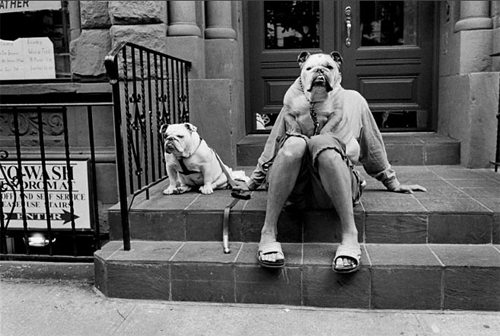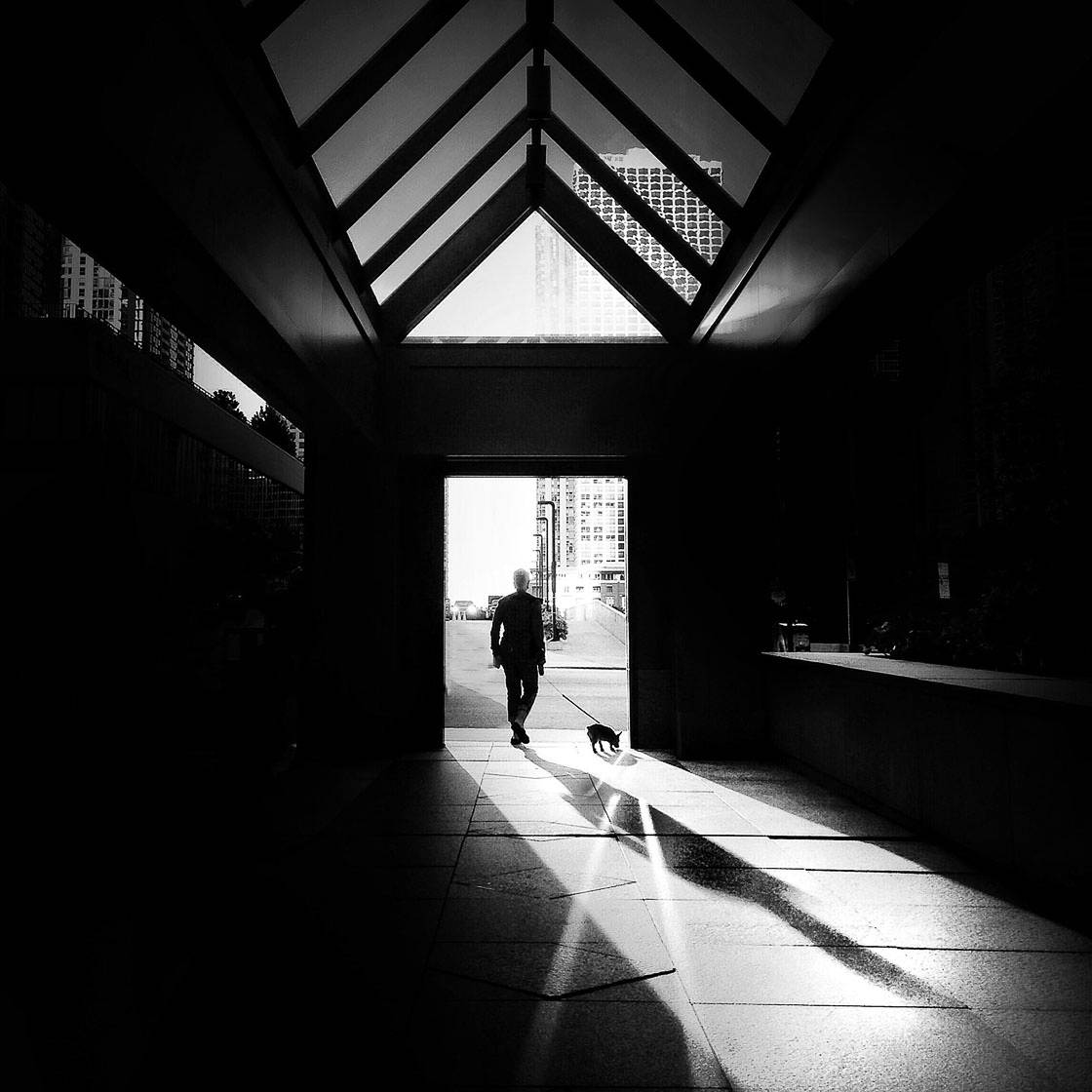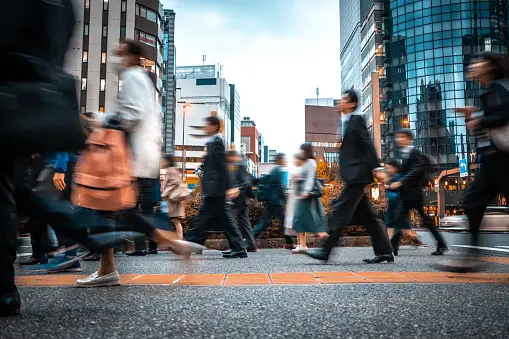Some Known Details About Street Photographers
Some Known Details About Street Photographers
Blog Article
Street Photographers Can Be Fun For Everyone
Table of ContentsSome Known Incorrect Statements About Street Photographers 4 Simple Techniques For Street PhotographersStreet Photographers Things To Know Before You Get ThisStreet Photographers Can Be Fun For EveryoneThe smart Trick of Street Photographers That Nobody is Discussing
, a style of digital photography that records daily life in a public location. The very publicness of the setup allows the professional photographer to take candid images of unfamiliar people, often without their understanding. Street digital photographers do not always have a social function in mind, yet they choose to separate and record moments which could or else go unnoticed.He was affected by several of those who influenced the road photographers of the 1950s and '60s, he was not mainly interested in capturing the spirit of the road. The impulse to visually record individuals in public began with 19th-century painters such as Edgar Degas, douard Manet, and Henri de Toulouse-Lautrec, that worked side by side with professional photographers attempting to record the essence of city life.

Provided the fine quality of his photos and the breadth of material, engineers and artists often acquired Atget's prints to use as reference for their very own work, though industrial rate of interests were barely his major inspiration. Instead, he was driven to photograph every last residue of the Paris he liked.
The 8-Second Trick For Street Photographers
They reveal the city through his eyes. His job and fundamental understanding of photography as an art kind offered as motivation to generations of photographers that followed. The following generation of road photographers, though they likely did not refer to themselves because of this, was introduced by the photojournalism of Hungarian-born professional photographer Andr Kertsz.
Unlike his peers, Brassa utilized a larger-format Voigtlnder electronic camera with a longer exposure time, requiring him to be more computed and thoughtful in his method than he may have been if utilizing a Leica.
Cartier-Bresson was a champ of the Leica video camera and among a fantastic read the initial digital photographers to maximize its capacities. The Leica allowed the digital photographer to connect with the surroundings and to record moments as they took place - Street Photographers. Its relatively small size likewise aided the photographer discolor into the history, which was Cartier-Bresson's recommended method
An Unbiased View of Street Photographers
It is due to this basic understanding of the art of image taking that he is often attributed with rediscovering the tool throughout once again roughly a century since its creation. He took photos for more than a half century and influenced generations of digital photographers to trust their eye and instinct in the moment.
These are the questions I will try to answer: And then I'll leave you with my own definition of road photography. Yes, we do. Allow's kick off with defining what an interpretation is: According to it is: "The act of specifying, or of making something precise, distinctive, or clear".
No, most definitely not. The term is both limiting and misguiding. Seems like a road photography should be photos of a streets right?! And all road photographers, other than for a handful of absolute novices, will completely appreciate that a road is not the essential part to street digital photography, and really if it's an image of a road with maybe a couple of dull individuals not doing anything of passion, that's not road photography that's a picture of a street.
He makes a valid factor don't you assume? However, while I agree with him I'm additional reading not exactly sure "honest public photography" will certainly catch on (although I do kind of like the term "candid photography") because "road photography" has been around for a long period of time, with many masters' names connected to it, so I believe the term is right here to stay.
The 10-Second Trick For Street Photographers
Inside?! I hear you scream as you drink your hand to the sky. Why not? You can shoot at the beach, at a festival, in an alley, in a park, in a piazza, in a cafe, at a gallery or art gallery, in a city terminal, at an occasion, on a bridge, under a bridge ...

See This Report on Street Photographers

Report this page